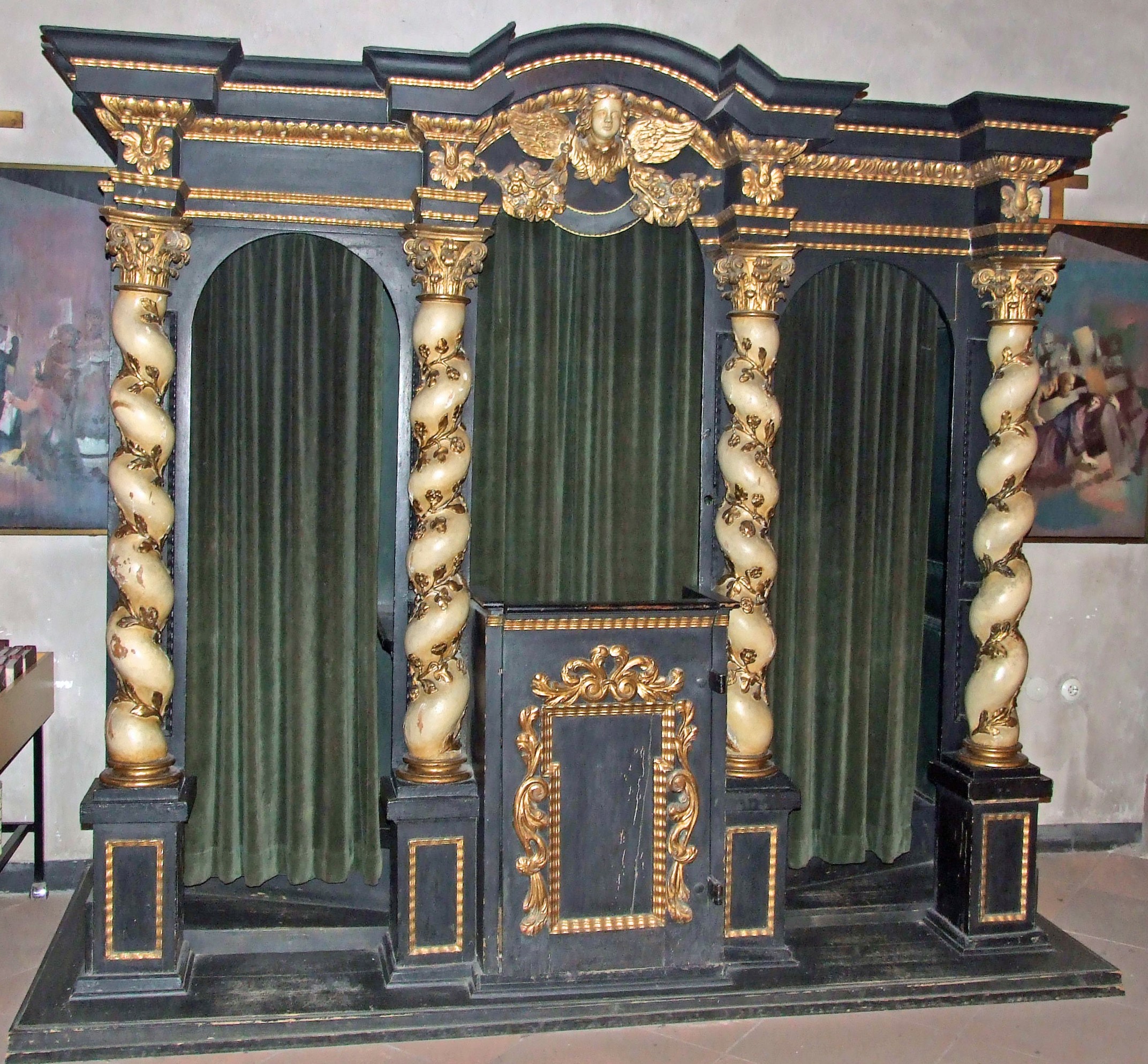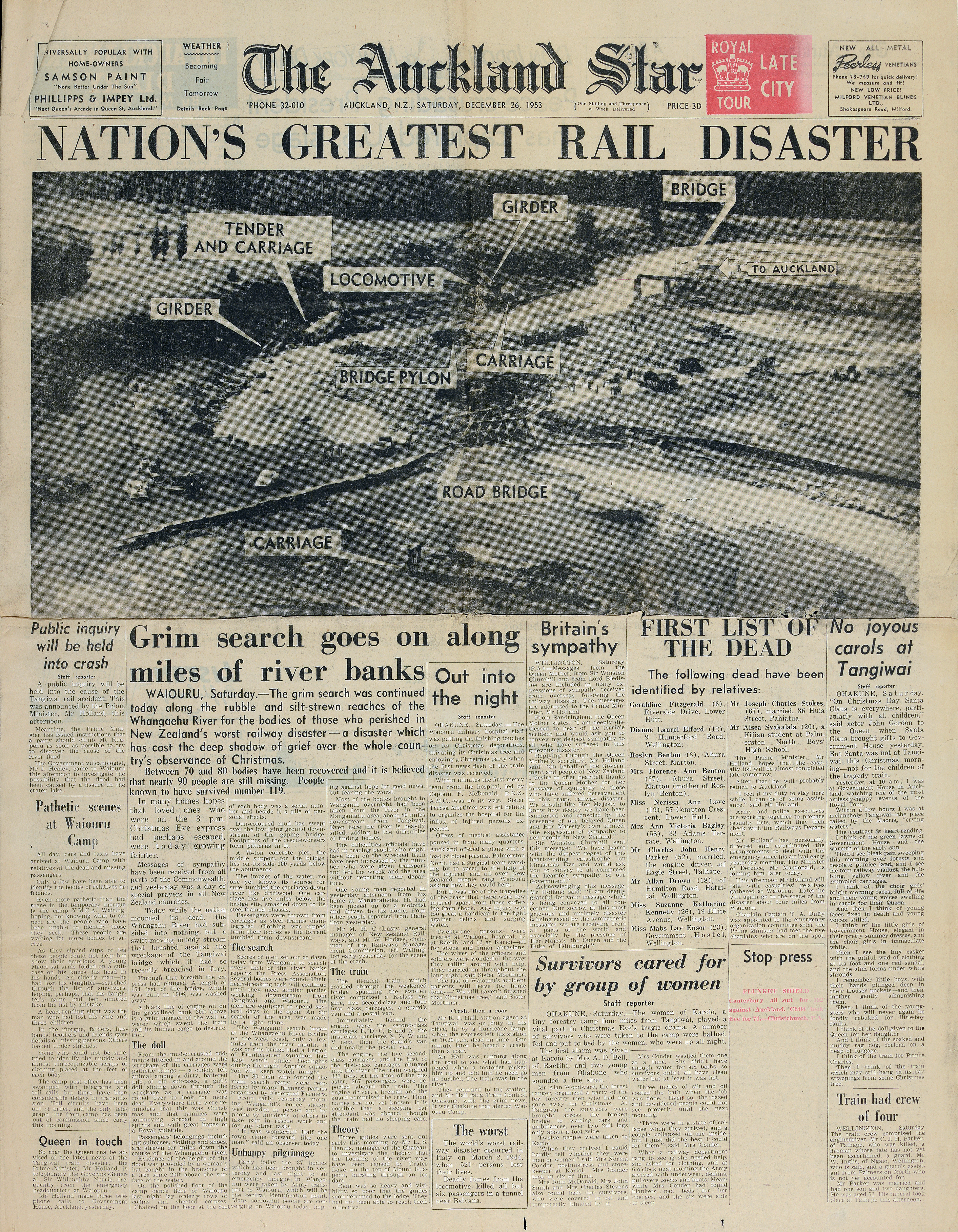|
St. Joseph's Cathedral, Dunedin
St Joseph's Cathedral is the cathedral for the Roman Catholic Diocese of Dunedin (''Dioecesis Dunedinensis''). It is located in City Rise in the city of Dunedin, New Zealand. It serves as the seat of the bishop of the Latin Church Roman Catholic Diocese of Dunedin, Diocese of Dunedin, which was erected on 26 November 1869. History The Gothic revival cathedral was designed by Francis Petre, who also later, in a complete change of style to Palladian revival, designed St Patrick's Basilica, Oamaru (1894), Sacred Heart Cathedral, Wellington (1901), the Cathedral of the Blessed Sacrament, Christchurch (1905) (renaissance-revival), St. Mary's Basilica, Invercargill (1905), St Patrick's Basilica, Waimate (1909) and Sacred Heart Basilica, Timaru (1911). The first St Joseph's Church (the current cathedral's predecessor) was built in 1862 and was located to the north of the cathedral's site. It was a simple brick structure. This was the city's first Roman Catholic church. Constructio ... [...More Info...] [...Related Items...] OR: [Wikipedia] [Google] [Baidu] |
City Rise, Dunedin
City Rise is an inner suburb of the New Zealand city of Dunedin. One of the city's older suburbs, it is, as its name suggests, centred on the slopes which lie close to the city centre, particularly those closest to the city's original heart of Princes Street, Dunedin, The Exchange (for this reason, places are said to be ''on the City Rise'' rather than ''in City Rise''). Extensive views across the central city can be gained from much of City Rise. The name City Rise is generally applied to the area immediately to the west of Princes Street, Dunedin, Princes Street, especially to the approximately triangular area of one square kilometre bounded by Princes Street and the city's Dunedin Town Belt, Town Belt, with Maitland Street and Stuart Street, Dunedin, Stuart Street lying at the edge of the area. Some parts of the lower slopes at one time carried the name Fernhill, a term still occasionally encountered to refer to this area, arising from the name of the residence of an early s ... [...More Info...] [...Related Items...] OR: [Wikipedia] [Google] [Baidu] |
Sacred Heart Cathedral, Wellington
The Metropolitan Cathedral of the Sacred Heart and of Saint Mary His Mother, better known as Sacred Heart Cathedral, is a Roman Catholic cathedral church on Hill Street, Wellington, New Zealand. It is the parish church of the Thorndon, New Zealand#Churches, Thorndon Catholic parish (founded 1850) and the cathedra, seat of the Roman Catholic Archdiocese of Wellington, Archbishop of Wellington. The New Zealand Parliament is a close neighbour of the cathedral. However, the Thorndon Catholic parish predates that institution. The cathedral is part of a Catholic precinct which includes: St Mary's College, Wellington, St Mary's College; Sacred Heart Cathedral School, Thorndon, Sacred Heart Cathedral School; St Mary's Convent, the motherhouse of the Sisters of Mercy, Sisters of Mercy in Wellington; the Catholic Centre, in which Catholic administration is located; and Viard House, which is both the cathedral parish Presbytery (residence), presbytery and the residence of the archbishop. Th ... [...More Info...] [...Related Items...] OR: [Wikipedia] [Google] [Baidu] |
Confession (religion)
Confession, in many religions, is the acknowledgment of sinful thoughts and actions. This is performed directly to a deity or to fellow people. It is often seen as a required action of repentance and a necessary precursor to penance and atonement. It often leads to Reconciliation (theology), reconciliation and forgiveness. Christianity Roman Catholicism In Catholic Church, Catholic Christian teaching, the Sacrament of Penance is the method by which individuals confess any Christian views on sin#Catholic views, sins they have committed after their baptism; these sins are then absolution, absolved by God through the administration of a priest, who assigns an act of penance. To Validity and liceity (Catholic Church), validly receive absolution, the penitent must make a sincere sacramental confession of all known mortal sins not yet confessed to a priest and pray an act of contrition (a genre of prayers) that expresses both motives for sorrow and the resolve not to sin again. ... [...More Info...] [...Related Items...] OR: [Wikipedia] [Google] [Baidu] |
Dunedin Public Art Gallery
The Dunedin Public Art Gallery holds the main public art collection of the city of Dunedin, New Zealand. Located in The Octagon in the heart of the city, it is close to the city's public library, Dunedin Town Hall, and other facilities such as the Regent Theatre. History The gallery was founded by W. M. Hodgkins in 1884 and was the first public art gallery in New Zealand. It originally occupied what is now the maritime gallery in the Otago Museum, was re-located to the Municipal Chambers in the Octagon from 1888–90, and then to an annex to the Otago Museum. It moved to a new purpose-designed building in Queen's Gardens in 1907, to which a structure housing the Otago Settlers Museum was added the following year. In 1927 it was moved to a building constructed for the 1925–26 New Zealand and South Seas International Exhibition in Logan Park, Dunedin North designed by Edmund Anscombe. The building was bought and donated to the city by Sir Percy and Lady Sargood, ... [...More Info...] [...Related Items...] OR: [Wikipedia] [Google] [Baidu] |
Second Vatican Council
The Second Ecumenical Council of the Vatican, commonly known as the or , was the 21st and most recent ecumenical council of the Catholic Church. The council met each autumn from 1962 to 1965 in St. Peter's Basilica in Vatican City for sessions of 8 and 12 weeks. Pope John XXIII convened the council because he felt the Church needed "updating" (in Italian: '' aggiornamento''). He believed that to better connect with people in an increasingly secularized world, some of the Church's practices needed to be improved and presented in a more understandable and relevant way. Support for ''aggiornamento'' won out over resistance to change, and as a result 16 magisterial documents were produced by the council, including four "constitutions": * '' Dei verbum'', the ''Dogmatic Constitution on Divine Revelation'' emphasized the study of scripture as "the soul of theology". * '' Gaudium et spes'', the ''Pastoral Constitution on the Church in the Modern World'', concerned the promotion ... [...More Info...] [...Related Items...] OR: [Wikipedia] [Google] [Baidu] |
Auckland Evening Star
The ''Auckland Star'' was an evening daily newspaper published in Auckland, New Zealand, from 24 March 1870 to 16 August 1991. Survived by its Sunday edition, the ''Sunday Star'', part of its name endures in ''The Sunday Star-Times'', created in the 1994 merger of the ''Dominion Sunday Times'' and the ''Sunday Star''. Originally published as the ''Evening Star'' from 24 March 1870 to 7 March 1879, the paper continued as the ''Auckland Evening Star'' between 8 March 1879 and 12 April 1887, and from then on as the ''Auckland Star''. One of the paper's notable investigative journalists was Pat Booth, who was responsible for notable coverage of the Crewe murders and the eventual exoneration of Arthur Allan Thomas. Booth and the paper extensively reported on the Mr Asia case. In 1987, the owners of the ''Star'' launched a morning newspaper to more directly compete with ''The New Zealand Herald''. The '' Auckland Sun'' was affected by the 1987 stock market crash and folded a year ... [...More Info...] [...Related Items...] OR: [Wikipedia] [Google] [Baidu] |
Our Lady Of Perpetual Succour Shrine (3)
*
{{Disambiguation, geo ...
Our or OUR may refer to: * The possessive form of " we" Places * Our (river), in Belgium, Luxembourg, and Germany * Our, Belgium, a village in Belgium * Our, Jura, a commune in France Other uses * Office of Utilities Regulation (OUR), a government utility regulator in Jamaica * Operation Underground Railroad, a non-profit organization that helps rescue sex trafficking victims * Operation Unified Response, the United States military's response to the 2010 Haiti earthquake * Ownership, Unity and Responsibility Party, a political party in the Solomon Islands See also * Ours (other) Ours may refer to: People * Ours (singer), a French singer and songwriter. * Wes Ours (born 1977), an American football player Music * Ours (band), an American rock group Songs * Ours (song), "Ours" (song), by Taylor Swift, 2011 * "Ours", a son ... [...More Info...] [...Related Items...] OR: [Wikipedia] [Google] [Baidu] |
Patrick Moran (bishop)
Patrick Moran (24 May 1823 – 22 May 1895) was Vicar Apostolic of Eastern Province of Cape Colony in South Africa (1856–1869) and the first Roman Catholic Bishop of Dunedin, New Zealand (1869–1895). Death Moran died in Dunedin on 22 May 1895.Hugh Laracy, ''Moran, Patrick'', from the Dictionary of New Zealand Biography, Te Ara – the Encyclopedia of New Zealand, updated 30-Oct-2012 (Retrieved 16 November 2015) References Sources * Michael King, ''God's Farthest Outpost: A History of Catholics in New Zealand'', |
Dunedin City Council
The Dunedin City Council () is the Local government in New Zealand, local government authority for Dunedin in New Zealand. It is a Territorial authorities of New Zealand, territorial authority elected to represent the people of Dunedin. Since October 2022, the Mayor of Dunedin is Jules Radich, who succeeded Aaron Hawkins (politician), Aaron Hawkins. The council consists of a mayor who is elected at large, and 14 councillors elected at large, one of whom gets chosen as deputy-mayor. The councillors are elected under the Single Transferable Vote (STV) system in triennial elections, with the 2022 New Zealand local elections, most recent election held on 8 October 2022. Council membership 2022–present The current composition of the council is as follows: 2019–2022 During the 2019–2022 term the composition of the Council was as follows: 2016–2019 During the 2016–2019 term the composition of the Council was as follows: 2013–2016 During the 2013–2016 term, ... [...More Info...] [...Related Items...] OR: [Wikipedia] [Google] [Baidu] |
Society Of Mary (Marists)
The Society of Mary (), better known as the Marists, is a Catholic religious congregation of pontifical right. Founded in Cerdon, France, by Jean-Claude Colin, the Society of Mary was recognized by an apostolic brief on April 29, 1836, and is made up of several branches (fathers, brothers, sisters, third order). The five Marist branches The Society of Mary is a religious congregation. This congregation is made up of five branches. Although all members of the Society of Mary, each of the five branches is independent of one another. The "Marist Fathers" The "Marist Fathers" were founded by Jean-Claude Colin and approved by Rome on April 29, 1836 (at the same time as the Society of Mary itself). These are religious who have received priestly ordination (they are both religious and priests). Marist fathers live in community. These are educators and missionaries. Their mission is to announce the gospel and celebrate the sacraments. They exercise their priestly ministries in Ma ... [...More Info...] [...Related Items...] OR: [Wikipedia] [Google] [Baidu] |
The Crown
The Crown is a political concept used in Commonwealth realms. Depending on the context used, it generally refers to the entirety of the State (polity), state (or in federal realms, the relevant level of government in that state), the executive government specifically or only to the monarch and their Viceroy, direct representatives. The term can be used to refer to the rule of law; or to the functions of executive (government), executive (the Crown-King-in-Council, in-council), legislative (the Crown-in-parliament), and judicial (the Crown on the bench) governance and the civil service. The concept of the Crown as a corporation sole developed first in the Kingdom of England as a separation of the physical crown and property of the kingdom from the person and personal property of the monarch. It spread through English and later British colonisation and developed into an imperial crown, which rooted it in the legal lexicon of all 15 Commonwealth realms, their various dependencies, ... [...More Info...] [...Related Items...] OR: [Wikipedia] [Google] [Baidu] |




